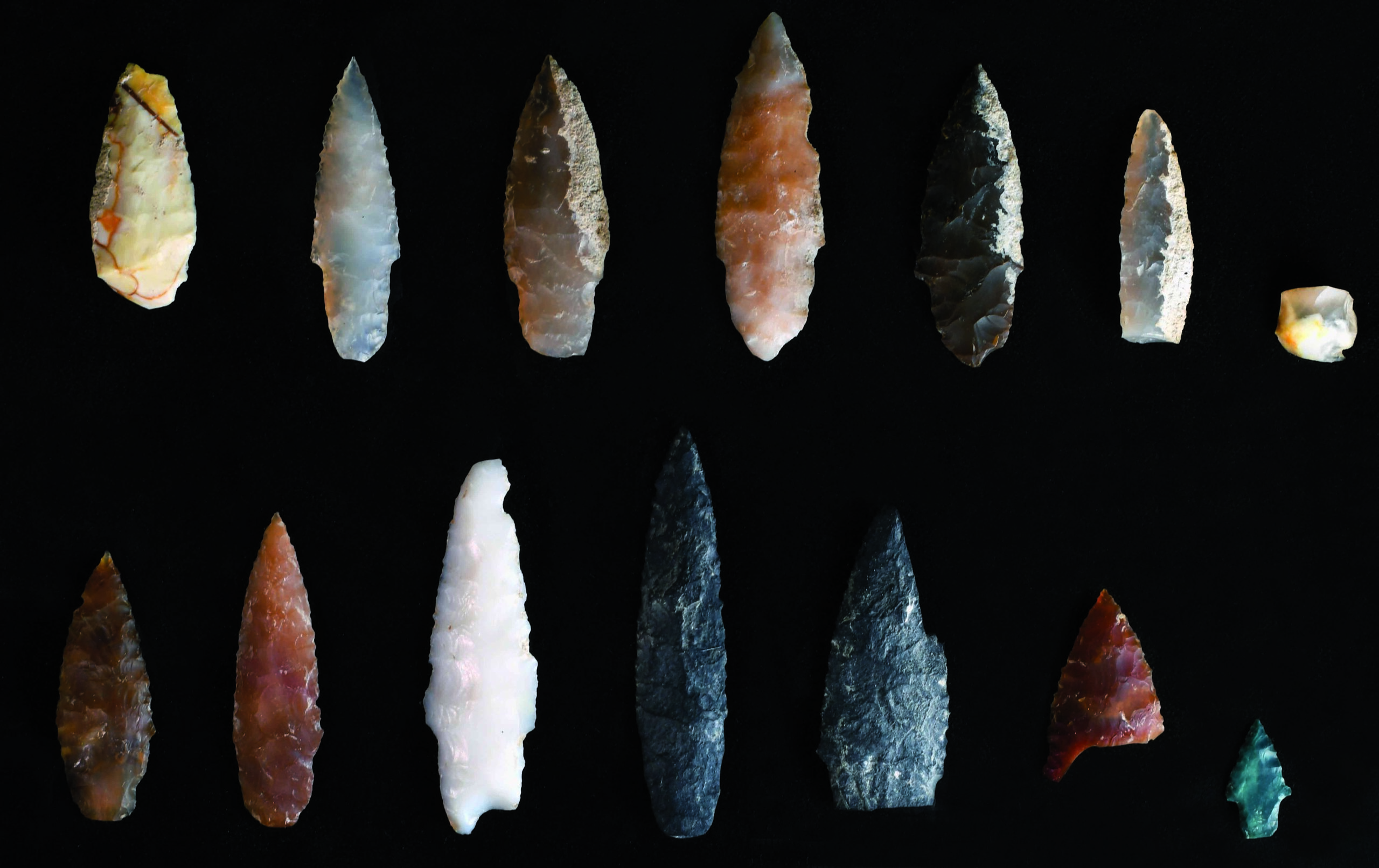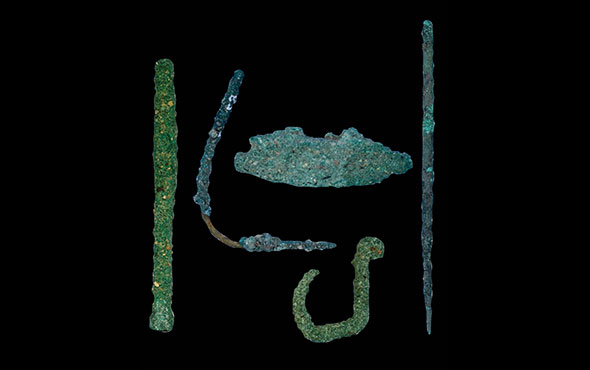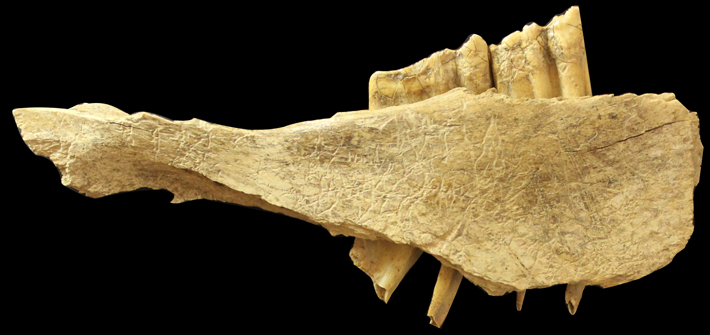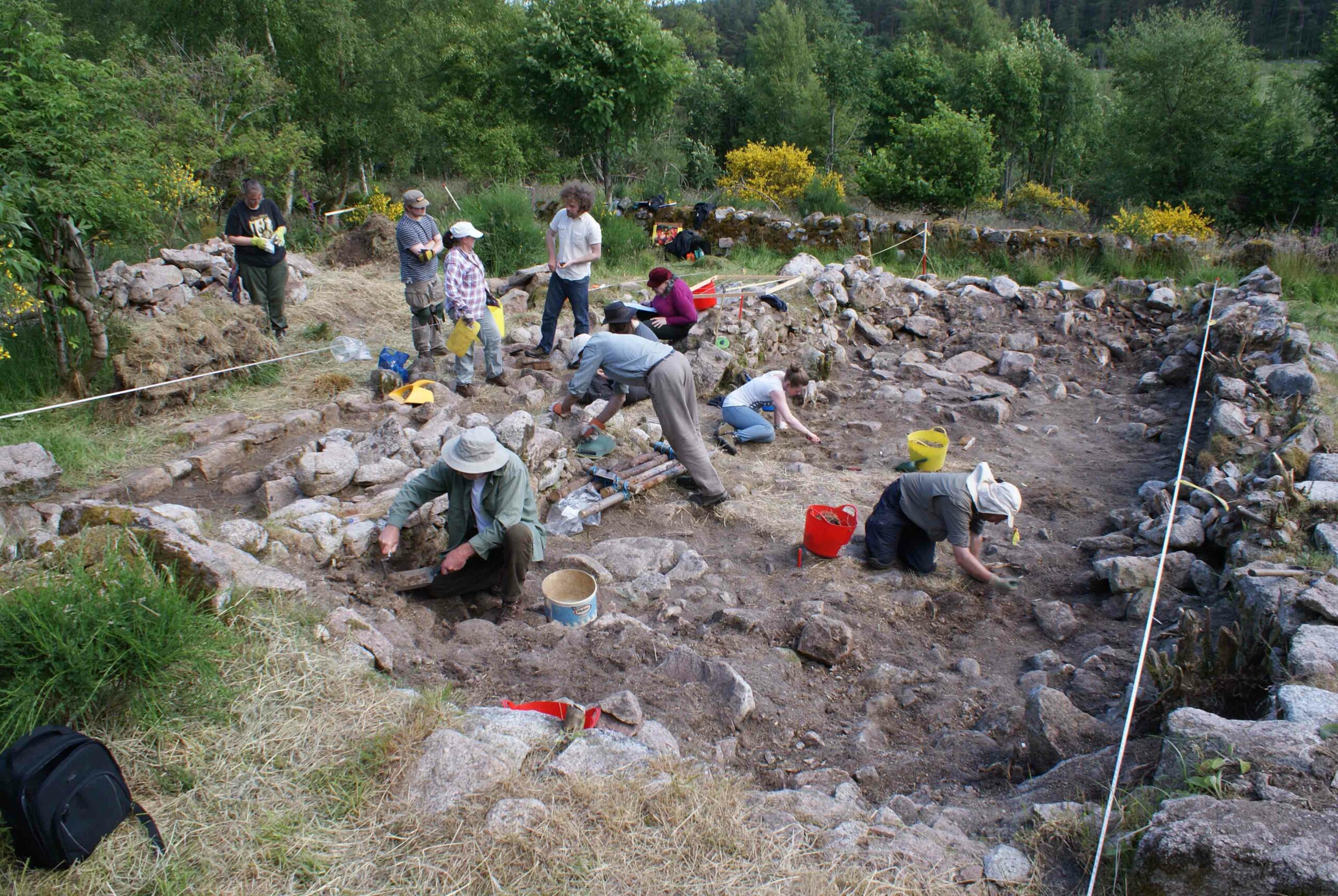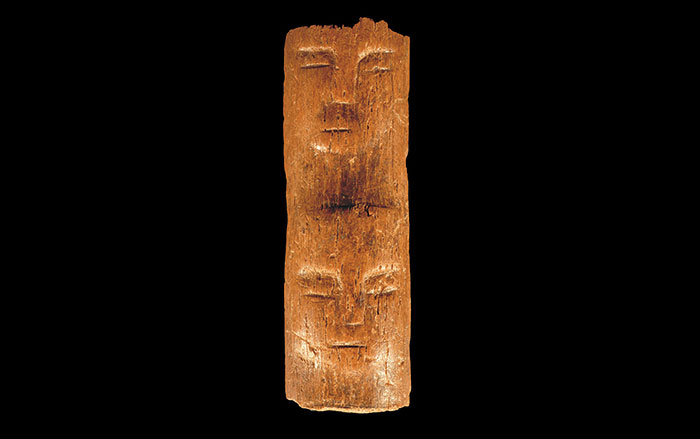
CAMBRIDGE, ENGLAND—Stone tools recovered from the site where the 30,000-year-old Venus of Willendorf was discovered in 1908 have been dated to 43,500 years ago, making them the oldest-known artifacts made by modern humans in Europe. Soil analysis at Willendorf indicates that these early inhabitants lived in a cool, steppe-like environment with conifer trees distributed along river valleys. “The remarkably early date of the finds shows that modern humans and Neanderthals overlapped for much longer than we thought and that modern humans coped well with a variety of climates,” announced Philip Nigst of the University of Cambridge. He adds that the changes in the material culture of the last surviving Neanderthals took place at the same time that modern humans were present at Willendorf. “The timing of these events cannot be a coincidence,” he said. To read more about the Aurignacian period, see ARCHAEOLOGY'S "Interview: Werner Herzog on the Birth of Art."


